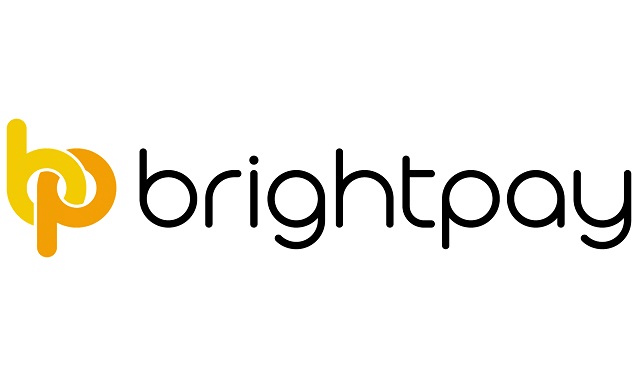When you’re running your own business, there’s a chance that you may, at some point, have to register for VAT.
Not all operating businesses are part of the VAT scheme, however, and there are certain criteria you have to meet before signing up with HMRC.
If you’re unsure how VAT works, how to register or what your obligations are, this article will explain it all for you.
What is VAT?
VAT, or value-added tax, is charged on most goods and services across the country. Not only that, but it also applies to some goods and services imported into the UK.
There are also multiple VAT rates, depending on what your business supplies, as well as a number of exceptions.
Firstly, you must understand when and if you need to register with HMRC.
What are the different VAT rates?
Currently, there are three main rates for VAT, depending on the services your business offers. The rates are:
- standard rate – 20%
- reduced rate – 5%
- zero rate – 0%
The standard rate applies to most goods and services, while the reduced rate applies to some goods, such as home energy services and children’s car seats.
The zero rate applies to most food and children’s clothes as well as goods sold at charity events.
You can find a complete list of VAT rates on the Government website.
Do I need to register for VAT?
As mentioned, not all businesses have to register for VAT. Once you hit a certain threshold, it will become a legal requirement.
Your business must register if either:
- your turnover for the previous 12 months has reached or surpassed £85,000
- you’re likely to surpass the threshold within the next 30 days.
There are circumstances where you’ll need to register, even if you haven’t reached the VAT taxable turnover. These are:
- you’re based outside of the UK
- your business is based outside of the UK
- you supply goods or services to the UK or plan to within 30 days.
Some businesses may choose to register with HMRC voluntarily. Those who do can reclaim VAT on goods or services purchased from other businesses, as can any of your customers also registered for VAT.
There are drawbacks to registering voluntarily, though, as you’ll take on extra administrative work and pay a VAT bill.
How to register for VAT
If your business meets any of the criteria mentioned above, you can register online via the Government website.
Once you’ve logged in with your Government Gateway ID, you’ll receive a VAT number as well as details on your first return and payment deadline.
Filing your returns
As of November this year, all businesses that pay VAT need to do so digitally via Making Tax Digital-compatible software.
The changes now mean you must record all of your VAT information digitally, as well as submit your returns through your chosen software. Your deadlines will usually fall one calendar month and seven days after the end of your accounting period.
Here to help
Due to the changing nature of VAT, it can be difficult to keep up to date. That’s why Partners In Enterprise is on hand to help you. Whether you need assistance registering for the scheme or filing your returns, our team will be happy to offer their assistance.
Contact our team to find out how they can help you with VAT.






